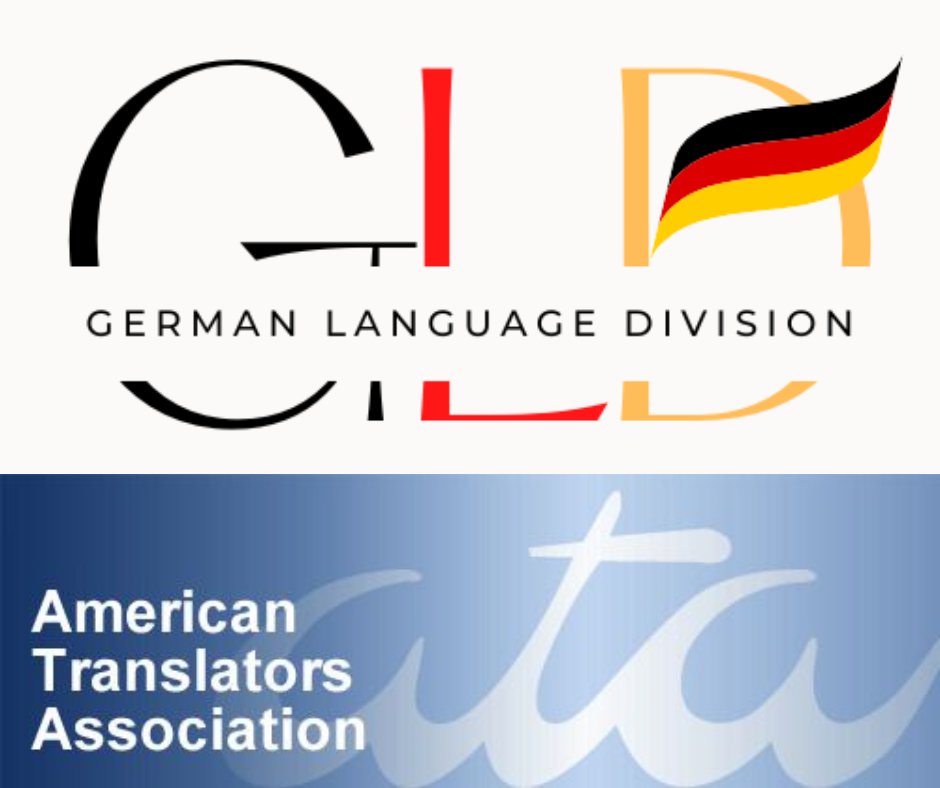These are a few things that I think we’ve all experienced as translators: The mental exhaustion of processing an avalanche of words. The stiffness and tired eyes that come from sitting at the computer a little too long. The frustration of working out a tricky business problem or difference of opinion.
There’s no such thing as a universal solution, but there are a few things that always help. A cup of tea, a walk, a supportive group of fellow translators – where would we be without them? But there’s one more thing I think you should add to your tool box if it isn’t there already: meditation.
What does meditation offer translators?
In 2018, no one needs to be told what meditation is, but you might need a little persuasion that it really does apply to your life. To many people, meditation seems like either too much of a commitment, or too little of one. Too much: Doesn’t that mean I’m trying to become enlightened? Isn’t thinking of absolutely nothing hard? Too little: Isn’t meditation just sitting? Or worse, just a kind of fad?
I’d like to offer a different way of looking at meditation. Have you heard of the 20-20-20 rule for preventing eye strain when spending long hours working at the computer? It refers to taking a quick break every 20 minutes to look at something at least 20 feet away for at least 20 seconds. It’s so simple and quick – No equipment needed! It takes less than half a minute! – and yet it can protect your eye health and prevent tension headaches.
Meditation is a little like that for the mind. We live complicated lives. Emails can arrive and notifications can ping at all hours of the day and night, leading to levels of constant stimulus that would have been unimaginable even a few years ago. By taking time to meditate, we create space for the truth to flow in. Silence allows things to find their proper perspective. In taking a few minutes to do nothing, we may discover how to go about doing what we need to do – and more importantly, what we should actually be doing!
Mental clarity
As translators, we face two intertwined challenges: The primary challenge of doing our work well, of solving translation problems and catching every typo, and the secondary challenge of making sure we have work to do in the first place.
The clarity that meditation brings has obvious applications in making our translations the best that they can be. The clearer our thinking and the better our concentration, the more easily we can find elegant solutions and catch potential errors. However, meditation is no less useful in finding work in the first place. Many of us work as translators because we love translation, not marketing, and yet marketing ourselves is essential to maintaining a steady workload. Meditation provides the clear-sightedness we need to recognize patterns in our behavior (like not marketing in busy times, even though we know we need to), patterns in our choices (like what type of actions we find easy versus which are actually effective), and patterns in our outcomes (Do you really need to answer that query from an agency offering $0.01 a word, or is your time better spent talking with a positive, supportive business partner?). Meditation means clear vision. Clear vision leads to better choices. Better choices mean better work. And better work means a happier translator.
How to find a meditation practice
One of the most important things to remember about meditation is that there isn’t one right way to do it. My own practice is a form of breathing meditation that emphasizes the center. It works for me, but it’s certainly not a one-size-fits-all solution. Some people swear by mediation apps, some by moving meditation. It’s all a matter of what works for you, because consistency is key. The following list is by no means a formal classification. Rather, I hope that it will offer you some possibilities.
- Breathing meditation
Plus: The breath is an instant connection to our physical bodies, something that can be very helpful for busy translators who need a little help getting out of their heads.
Minus: Getting started can be confusing. Will you be breathing to your own rhythm, or following a bell? How long should your breaths be? It can take a little time to develop your practice or to find the right type of breathing meditation for you. - Meditation apps
Plus: Meditation apps are convenient. They’re easy to find and download, and many are even free. They make it easier for some people to meditate consistently by providing tracking and rewards.
Minus: Apps can be intrusive, which is the opposite of what you want from your meditation practice. Tracking and badges can also cause compulsive, reward-seeking behavior and undermine your practice. - Zen meditation
Plus: Zen meditation can be done anywhere and at any time, and no equipment is needed.
Minus: Zen meditation can be intimidatingly austere. Many people feel overwhelmed by the idea of not thinking. - Moving meditation
Plus: Moving meditation is a good solution for people who are sick of sitting still, need a little more mental stimulus, or need to incorporate more movement in their day.
Minus: It does require some planning and can be difficult to do in some public spaces. - Mantra meditation
Plus: Having a mantra gives the mind some structure. Using the shape and texture of words for meditation is likely to resonate with many translators.
Minus: Finding a mantra that fits well with you can be difficult.
Like finding the best solution for a tricky translation problem, you may need to use a little trial and error to find what feels right. The good news is that in this case, querying the client has never been easier. You always have instant access to the authority on what is right for you in meditation – it’s you.
Picture by JD Mason on Unsplash

Elani Wales is certified by the ATA in German to English translation and specializes in legal texts and business communication. She became interested in meditation through her fourteen years of training in Aikido. Elani writes about translation, meditation, and more at https://elaniwales.com/blog.

